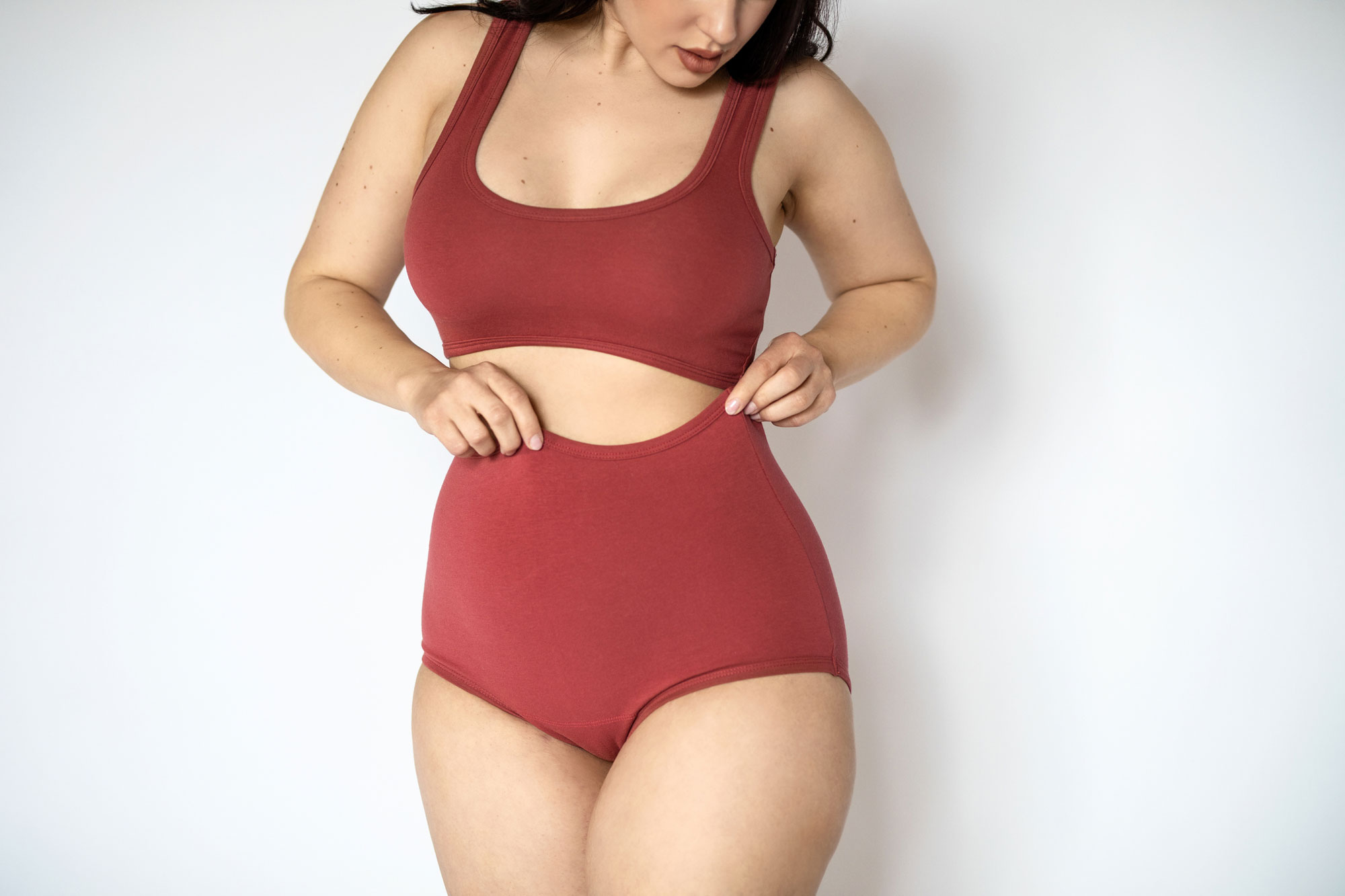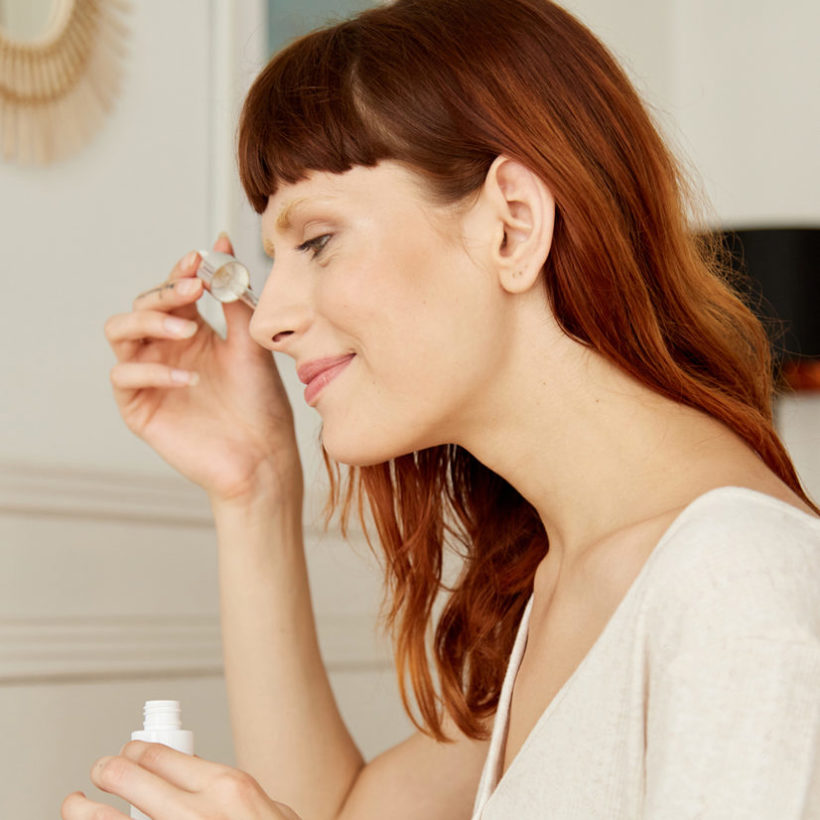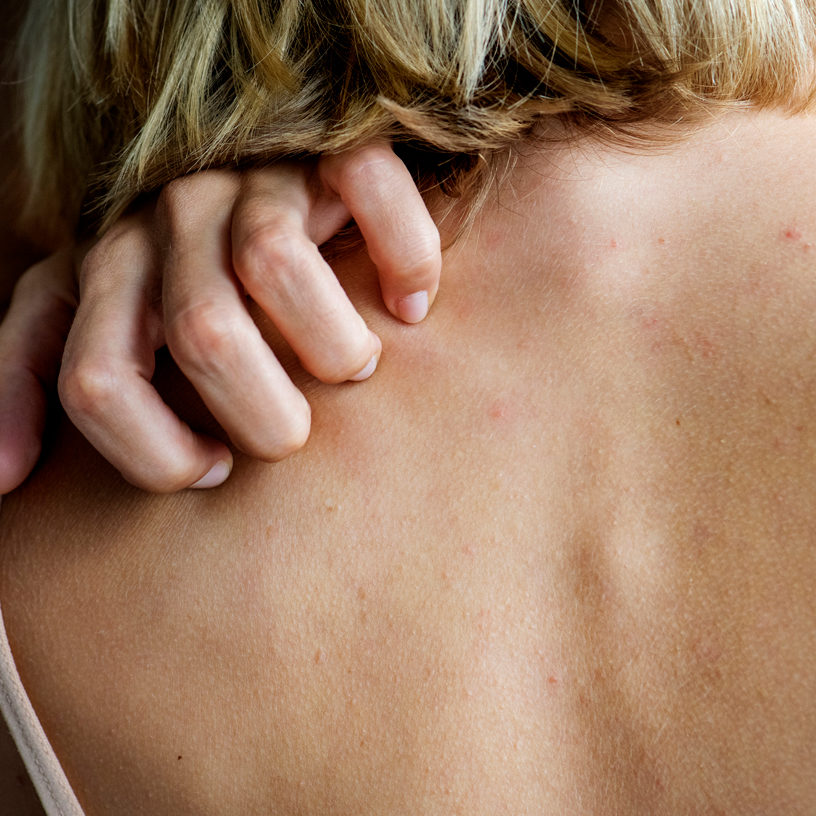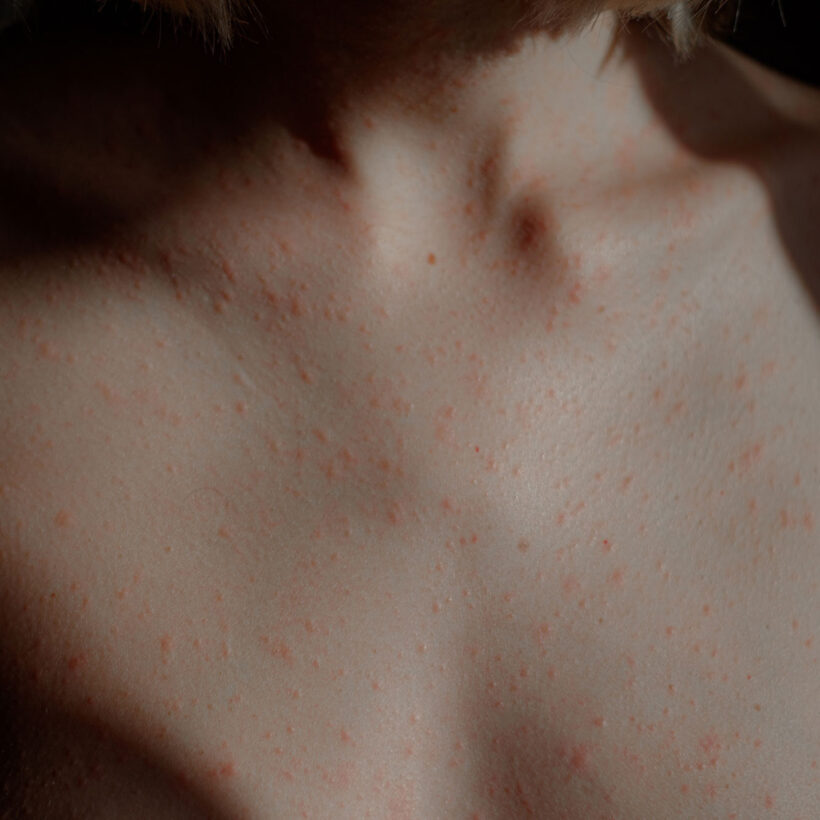Skin chafing is the ultimate summer buzzkill. Here you are, galivanting around in the sun, warm breeze on your skin, and suddenly you find yourself raw and red in the most irritating places. Of course, chafing is a normal experience, especially if you’re an athlete, but even a little bit of chafing can cause a surprising amount of discomfort. Below, we explain how to prevent and treat chafing even during the dog days of summer.
Meet the Experts
Rachel Nazarian, M.D. is a board-certified dermatologist with Schweiger Dermatology Group in New York City.
Chafing 101
“Chafing is an irritation often caused by friction forces on the skin,” explains Rachel Nazarian, M.D. This can happen when body parts rub against each other or when your skin is irritating by friction from your clothing.
What chafing looks like
“Occasionally, chafing can look like absolutely nothing,” says Dr. Nazarian. You might not see it, but you’ll almost definitely feel it: The irritation caused by chafing comes with a tell-tale stinging and burning. But often than not, chafing is visible, characterized by red, raw skin that may be bumpy and tender.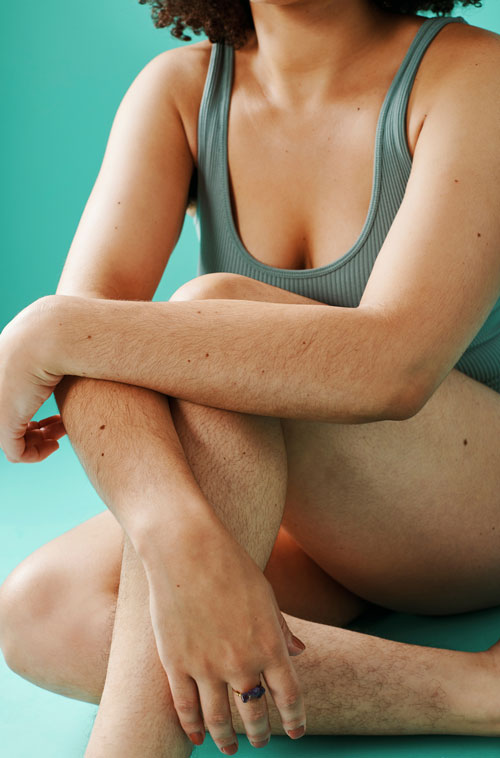
Where chafing can happen
It can happen anywhere your skin experiences friction — your groin area, armpits, under the breasts, where your sports bra meets your skin. Unfortunately, one of the most common areas for chafing is also one of the most uncomfortable: between the thighs.
Causes of chafing
The most common culprit is sweat (“Chafing can be made much worse by moisture, which makes skin stick more than glide,” explains Dr. Nazarian). Heat, humidity, sitting in wet clothes (like your bathing suit or gym clothes), sensitive skin, and your clothing (whether they’re ill-fitting or the fabric doesn’t repel moisture, like silk).
How to Prevent Chafing
The best treatment for chafing is prevention. Blocking sweat and friction before the lethal combination can damage your skin barrier is the simplest way to avoid the irritation that makes it so hard to be your carefree summer self.
Stay dry and cool with proper clothes
- Avoid wet clothes: The first rule of thumb is to change out of sweaty or wet clothes as soon as you can. If you’re going to brunch after the beach, for example, bring a change.
- Be smart about fabrics: Use moisture-wicking, breathable fabrics to your advantage. Cotton takes a long time to dry, so choose synthetics materials instead.
- Consider the fit: Clothes shouldn’t be too baggy or loose if you’re looking to avoid chafing — particularly with athletic wear where you’re constantly on the move.
- Find light layers: Several brands make anti-chafing shorts to wear alone or under your dresses and skirts. For example, you can find a lightweight mesh pair from Thigh Society, a sculpting version from Skims, or a non-rolling set from Yummie, all of which will keep the skin between your thighs from rubbing and chafing.
Use anti-chafing skincare products
Products can come in handy, especially for areas where you might not want to add another layer of clothing, like armpits. These products are designed to minimize friction, absorb moisture, and help skin glide instead of the stick when it comes into contact with itself. They are similar to skin care formulas used by runners to prevent blisters, Dr. Nazarian explains. “Anti-chafing products apply a smooth, clear barrier onto the skin surface, which protects the skin, increases its strength and resilience, and minimizes friction force so that skin is less likely to cling to itself when it comes in contact,” she says.
Many products that accomplish this are marketed as anti-chafing — like Megababe’s iconic Thigh Rescue stick — but what you’re ultimately looking for is a product that contains glycerin and allantoin, Dr. Nazarian says, both of which help reduce friction and add hydrate your skin without creating stickiness. “Body Glide Anti Chafe Balm is beneficial,” she says.
Reducing sweating with an antiperspirant can also help prevent chafing, she adds. “I recommend applying an antiperspirant in the evenings to minimize daily sweating,” says Dr. Nazarian. In addition, Carpe Sweat-Absorbing Thigh Lotion helps absorb unwanted moisture from the thigh area.
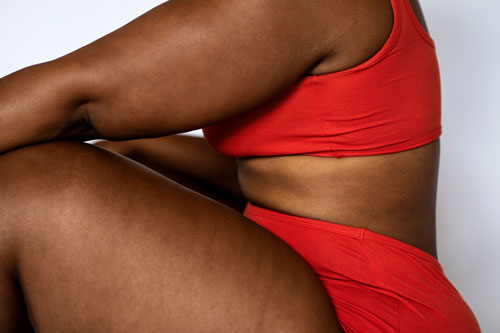
How to Treat Chafing
When chafing happens, it’s important to treat the damaged skin to prevent further chafing or infection.
Take a break from activities
“I recommend letting the area rest and avoiding too much activity while the skin is still sensitive and inflamed,” says Dr. Nazarian. If your last run left you chafing, for example, avoid the activity until it’s healed or ensure the irritated skin is clean and covered next time you lace up.
Wash it off
If your chafing is due to sweat, wash up when you get home to rinse off salt from perspiring. “Lukewarm water should be used in the shower — not hot, which is more likely to strip natural oils from the skin.” Plus, it may sting the chafed areas even further. While your skin heals, keep it clean with gentle cleansers. “Nothing perfumed,” says Dr. Nazarian.
Ease the sting
The best way to speed up your skin’s natural healing process is by applying an over-the-counter steroid cream. In addition, Dr. Nazarian recommends 1% hydrocortisone covered with a thin layer of Vaseline. “The combination of non-irritating ingredients with those that are anti-inflammatory typically will yield the best result,” she says. “Ceramides and hyaluronic acid are also good places to start.”
See your doc
If the chafing doesn’t improve in a few days or it’s excruciating, chat with your dermatologist to figure out the best game plan.
We only recommend products we have independently researched, tested, and loved. If you purchase a product found through our links, Sunday Edit may earn an affiliate commission.
